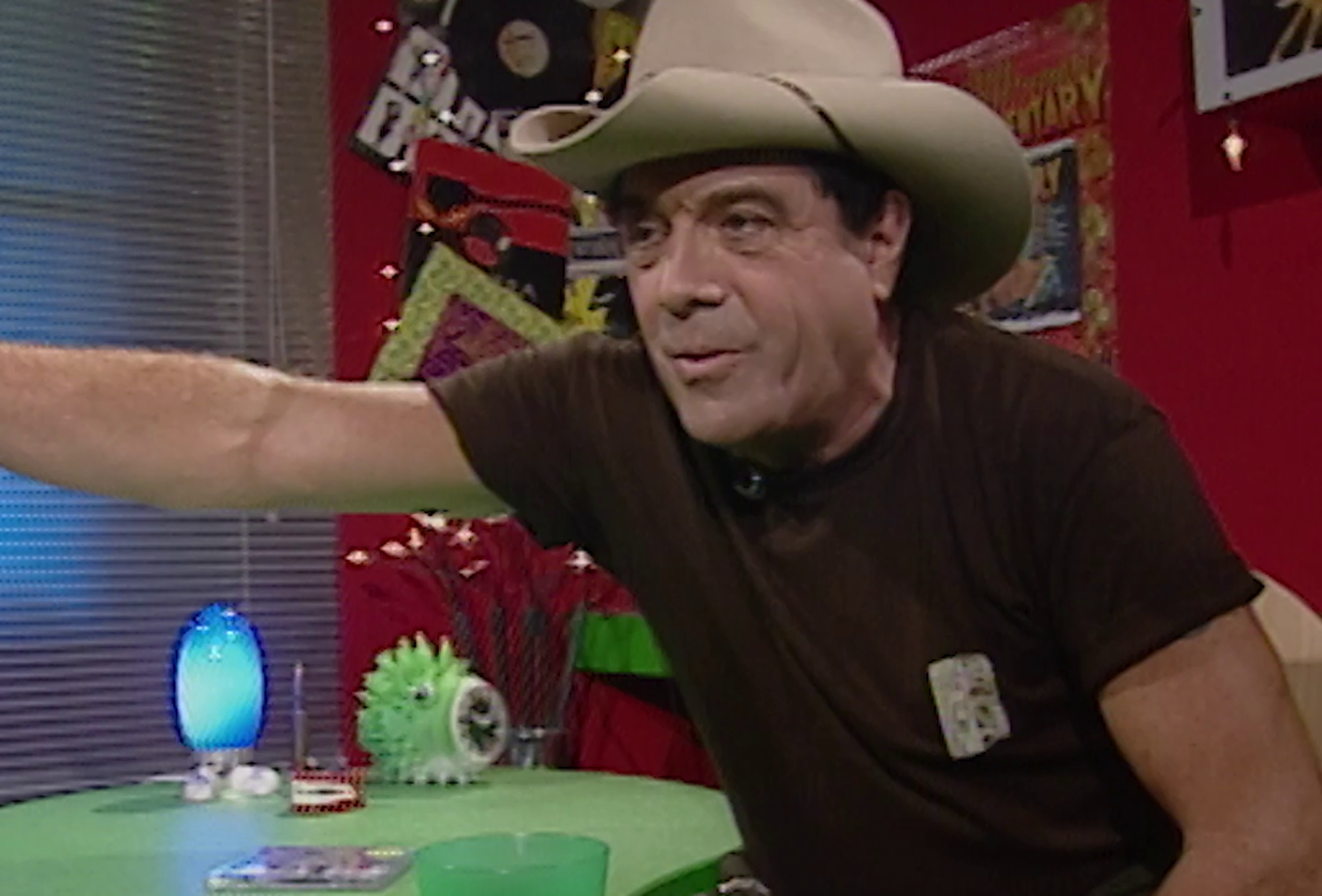
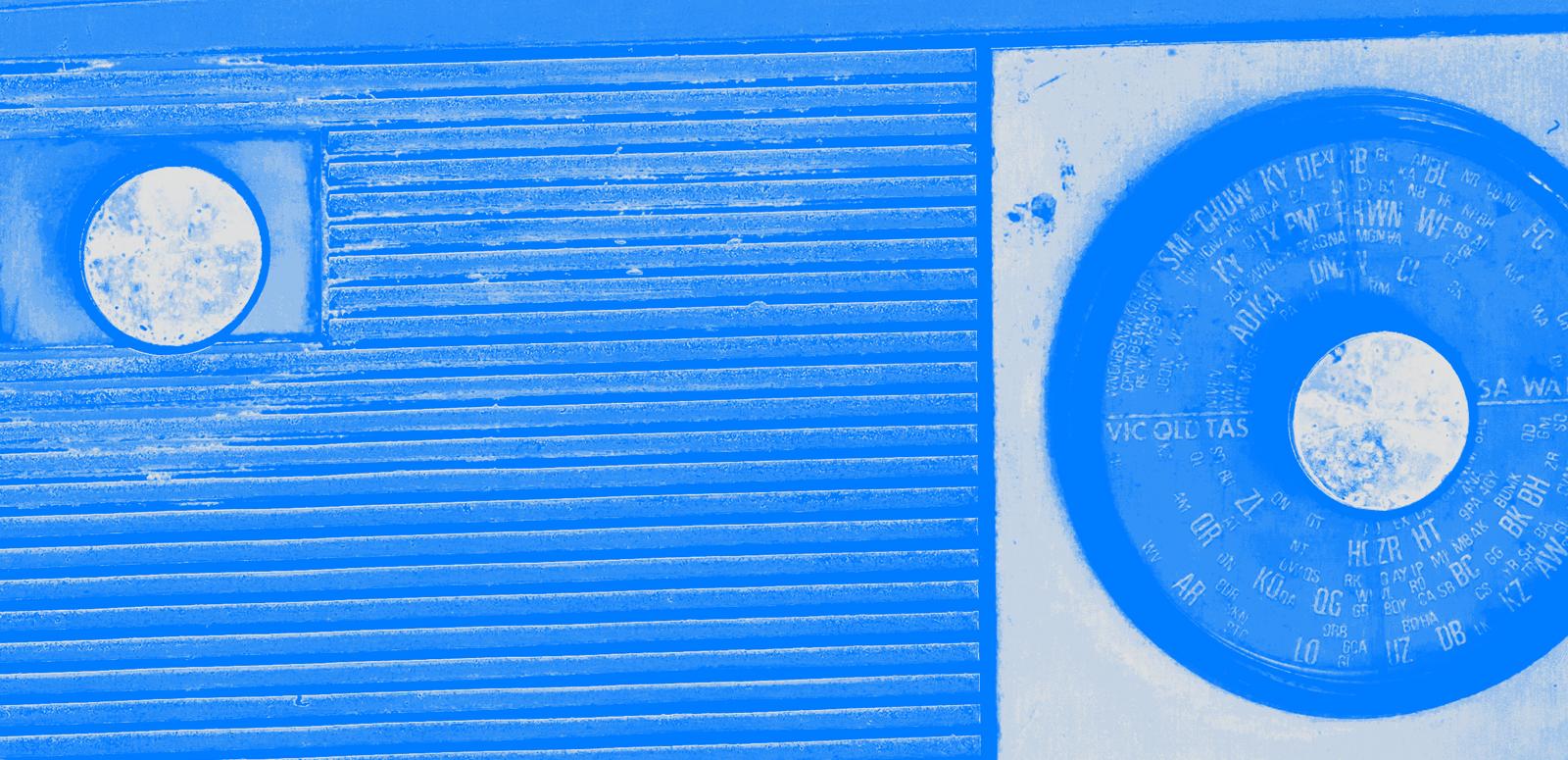
What we collect
The NFSA collection includes films, television and radio programs, games, podcasts, audio tapes, records, compact discs, phonograph cylinders and wire recordings. It also encompasses documents and artefacts such as photographs, posters, lobby cards, publicity items, scripts, costumes, props, memorabilia, oral histories, and equipment.
Download the NFSA Collection Policy
AUDIOVISUAL'S MOST WANTED
Our curators continually search for key items to fill vital gaps in the NFSA collection.
About the film collection

The NFSA’s holdings of features, documentaries, shorts, experimental and new technology productions include a significant collection of items relating to Australia and made by Australians.
Films include the earliest surviving footage of the Melbourne Cup (1896), the first acknowledged feature film produced anywhere in the world (The Story of the Kelly Gang, 1906), the cinema newsreels that kept Australians up to date with national and international events for four decades, acclaimed documentaries like Sherpa (2015), and haunting short films like Karroyul (2015).
With over 300,000 film items in the collection, the Australian cinema experience is also reflected in our diverse representation of international classics. These range from the Soviet silent film Aelita, Queen of Mars (1924) and the items of Hong Kong’s Andy Lau to the international films of Australian actors like Rose Byrne and Nicole Kidman. Exciting restoration, research and programming projects continue to emerge from a collection that provokes, inspires and illuminates the film industry it represents.
About the television collection

Image: Playing For Keeps (Series 1, 2018) - Courtesy: Screentime, Photographer Kelly Gardner
The NFSA television collection includes many iconic moments in Australian television, from its beginning in 1956 to the present.
The NFSA collects and preserves titles created for Australian commercial, subscription, community and internet television.
The collection encompasses all key television genres:
- Drama and comedy series
- News and current affairs
- Music and variety shows
- Children’s programs
- Lifestyle, sport and reality; quiz and game shows
- Live specials
- Advertisements
- Many moments in Australian history made famous through broadcasting
The television collection also documents technical changes and challenges faced by the industry, including the introduction of colour and digital television.
Given the vastness of Australia’s television industry, the NFSA focuses its program selection on titles with cultural, historic and aesthetic significance, guided by the NFSA collection policy.
Drama
Our collection of television dramas encompasses a broad representation of historical and contemporary series, including the first-ever to be produced in Australia, The Adventures of Long John Silver (1955). Within the collection are iconic Australian titles such as Homicide (1964–75), Skippy (1966–69), Number 96 (1972–77), The Sullivans (1976–82), Against the Wind (1978), Prisoner (1979–86), Neighbours (1985–current), Blue Heelers (1993–2006) and Love My Way (2004–07).
Our formal agreements with Federal and State screen funding agencies ensure the continued growth of the contemporary television collection. This has enabled the NFSA to preserve a range of popular Australian TV series, including Mystery Road (2018), The Family Law (2016–18), Doctor Doctor (2016–current), Nowhere Boys (2013–current), Picnic at Hanging Rock (2018) and The Justine Clarke Show! (2017).
News and current affairs
Launched in 1988, the NFSA’s Television News and Current Affairs Program documents how television networks have delivered news and current affairs programs to Australian audiences since 1956.
This unique collection contains complete bulletins and comprehensive coverage of significant events. It has been made possible thanks to the ongoing support of Network Ten, Nine Network, Seven Network, Sky News Australia, FOX Sports Australia, GWN7, WIN Network, Southern Cross Austereo, ABC and SBS.
The NFSA also holds early television news collections dating from the 1960s to the 1980s, from ATVO, NEW10, TEN10, CTC7, GLV8, GTV9, NBN, NWS9, STW9 and Seven Network.
PARTNERSHIPS
The NFSA has entered into donation agreements with FOXTEL Management Pty Ltd, Premier MEDIA group and FOX Sports to ensure that we capture the story of subscription television in Australia.
About the sound collection
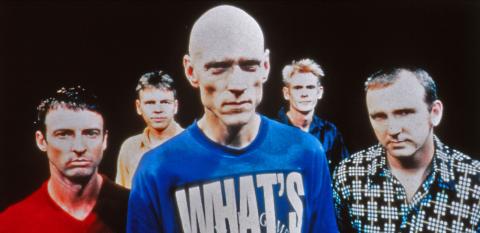
Image: Midnight Oil, 2016 Sounds of Australia inductee.
The NFSA audio collection spans over 120 years of Australian sound recordings, showcasing a wide range of subjects, genres and formats. The earliest recordings in our collection were recorded in Warrnambool, Victoria, on wax cylinders around 1896, and the most recent one was probably downloaded online this morning.
Our recordings include music in almost every style, from popular music hall singers of a century ago to the latest releases. There are political speeches, poetry readings, nature recordings of birds and animals, historical events, steam trains and experimental recordings – whatever weird and wonderful things people record will be represented in our collection.
An ongoing program of digitising fragile and at-risk physical formats has preserved almost 27,000 recordings on disc and tape.
You can listen to sound recordings from the collection at Search the Collection and Sounds of Australia.
Sound collection guide
Download: The First Wave: Australian rock and pop recordings (1955–1963)
Visit The NFSA's Vinyl Collection for more information and to download the Australian Vinyl Record Catalogue by Ken Grose.
About the radio collection
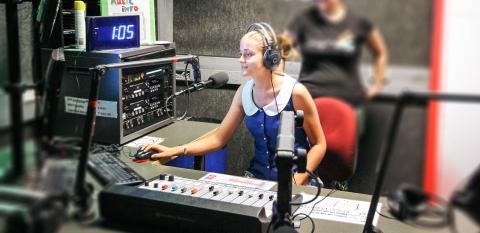
Image: Alice Walker in studio at SYN 90.7 FM in Melbourne. NFSA ID: 1567927
The NFSA’s radio collection spans the early 20th century to today.
The NFSA collects and preserves titles created for Australian commercial, community and public radio stations and networks and the fast-emerging podcasting scene. Thanks to the generosity of networks, stations, collectors and producers, the collection includes a wide variety of genres from drama serials, variety and quiz shows, jingles, news and current affairs, talk shows, documentaries, sport, inaugural broadcasts and podcasts to recordings of significant events and natural disasters.
Our ongoing collection of contemporary radio programs, such as 24-hour slices, includes breakfast and drive shows, coverage of major sporting events, and podcasts like the Game Changers: Radio series, which features interviews with significant radio industry figures. Our Off-Air radio capture programs result in over 18,000 hours of radio content being added to the collection each year.
The vintage collection from the golden age of radio in the mid-20th century includes drama serials like Dad and Dave, Night Beat, and When A Girl Marries; talent shows such as the long-running Australia's Amateur Hour; and quiz shows like Pick-A-Box with Bob Dyer.
We hold 1970s rock music specials and social issues programs produced by 2SM. In comparison, our 2UE material includes compilations of historically significant events from the 1950s to early 2000s, broadcasts by radio legends John Laws and Bob Rogers, and celebrity interviews with Don Lane. We hold the archive of Hamish and Andy programs and significant events such as Australia Day programs broadcast by Radio Redfern in 1988, 3CR coverage of the Franklin Dam blockade, and reportage of natural disasters like the 2009 Victorian bushfires. We also hold a unique collection of radio-related scrapbooks, scripts and photographs.
Given the large size of Australia’s commercial, community and public radio sectors, the NFSA focuses its program selection on titles with cultural, historic and aesthetic significance, guided by the NFSA collection policy. The collection aims to illustrate the diversity of Australian radio production, developments in the industry and its history.
Radio collection guides
Download guide: Australian radio series (1930s–1970s)
About the video games collection
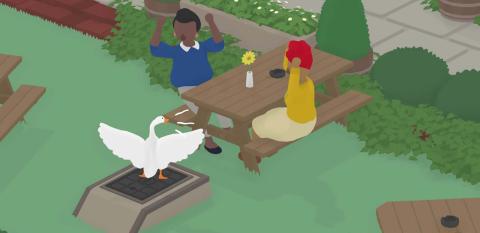
Image: Untitled Goose Game (2019). Courtesy: House House
Like film, recorded sound, radio and television before them, video games have significantly impacted society. Video games are an immersive audiovisual medium that play a major role in contemporary popular culture. They represent artistic, storytelling, and technological achievements and contribute significantly to the Australian economy as an industry.
We are developing and preserving a growing collection of video games. This includes their source materials dating back to the birth of the Australian industry in the early 1980s with games like The Hobbit (Beam Software, 1982) up until contemporary releases like Unpacking (Witch Beam, 2021), Hollow Knight (Team Cherry, 2017) and Untitled Goose Game (House House, 2019). These span a variety of technical formats, from cassette tapes and floppy disks to today's digitally distributed titles.
Video games face unique preservation challenges, as they rely on complex hardware and software systems that become obsolete much faster than other forms of audiovisual media. Without active digital preservation efforts, they risk being lost forever.
The NFSA is working to address this by collecting and preserving not just the games themselves but their source materials. This includes:
- Source code and assets
- Prototypes and pre-launch builds
- Pitch and game design documents
- Concept and storyboard art
- Physical materials like storyboards, sketchbooks, design, development and business documentation
- Publicity material like trailers, development diaries and documentaries
- Oral history interviews
- Representations of fan culture through online media like podcasts and YouTube video essays
The national collection is developed through donations and contributions from industry members and the general public.
If you would like to contribute to the story of the Australian games industry and have any material from its long history that you think may be of interest – from documentation to hardware, software and ephemera – please contact us via the Collection offers page.
About the oral history collection
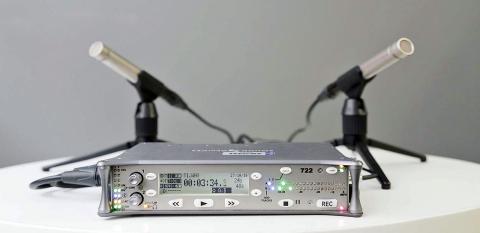
The Oral History program collects personal recollections of careers relating to the Australian audiovisual industry, including (but not limited to) film, TV, radio, video games and recorded sound. These are contemporary oral history interviews with key professionals, practitioners and established and emerging artists in the Australian audiovisual industry.
CONTACT
If you have questions about the oral history program, please email oralhistory@nfsa.gov.au
To arrange to listen to an oral history interview, please email access@nfsa.gov.au
The NFSA works collaboratively with the Australian Media Oral History Group.
About the documents and artefacts collection
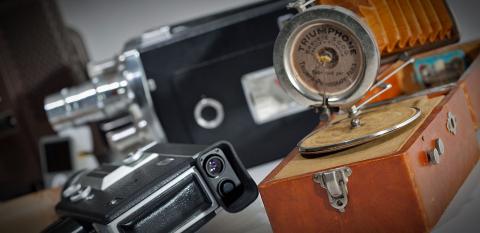
The NFSA preserves documents and artefacts that tell the stories behind Australian audiovisual industries and culture. Objects in our collection may be constructed of fabric, paper, plastic, metal or glass. Many of them – like theatre tickets, posters or flyers – were assumed to be ephemeral documents when they were made. Now, they help give us valuable insights into the act of creation and take us on a journey through decades of Australian film, sound and broadcast history.
Documents and artefacts collected include:
- National and international film posters, lobby cards and concert and festival posters
- Photographs from Australian and international film, television, radio and recorded sound
- 10,000 glass slides, including cinema slides, song slides and theatre advertisements
- Costumes like Johnny O’Keefe’s coat, t-shirts worn by The Wiggles and the Oscar-winning creations from The Adventures of Priscilla, Queen of the Desert (1994)
- Artefacts like props from television and film sets, promotional materials and equipment representing more than a century of audiovisual technology (such as pre-cinema magic lanterns, gramophones, radio and television sets, and cameras)
- Manuscripts include scripts, scrapbooks, promotional materials, designs, speeches, and personal papers from individuals (like Rolf de Heer, Peter Luck, and Martha Ansara) and organisations (like Crawford Productions)
More documents and artefacts can be seen in our Collection stories and Curated collections.
About indigenous collection material

Image: Spear (2015). Courtesy Arenamedia. NFSA ID:1463007
The NFSA's collection encompasses the unique stories and perspectives of Australia's First Nations as an integral part of 21st-century Australia.
The national audiovisual collection, as it stands today, reflects the biases of our past. These biases have shaped the social context in which audiovisual content is created, impacted decisions about what we collect, and filtered how we interpret and share it.
We must challenge the assumptions on which our collection has been built and identify the ongoing impacts and our evolving understandings.
Today, the NFSA is the custodian of over 30,000 audiovisual items representing First Nations Australians' experiences. We collect material across all formats and genres, from nitrate film and wax cylinders to contemporary digital formats, including social video. This takes in film, documents and artefacts, recorded sound, oral histories and extended realities (XR). We also look to collect material reflecting the creative and technological impact Aboriginal and Torres Strait Islander practitioners have had on the Australian creative audiovisual landscape.
As part of the NFSA’s collecting approach to First Nations’ material, we observe Indigenous Cultural Intellectual Property (ICIP) protocols embedded in our collection-related policies and workflows.
COLLECTION GUIDE
Download guide: Recordings by Indigenous Artists (1899–1998)
The National Film and Sound Archive of Australia acknowledges Australia’s Aboriginal and Torres Strait Islander peoples as the Traditional Custodians of the land on which we work and live and gives respect to their Elders both past and present.